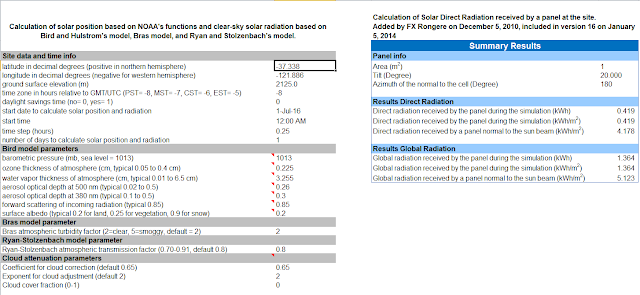Week5: Options for Solar Panel

Week5: Pros and Cons of Three Main Solar Panels Currently, we have three main solar panels that are widely used throughout the world. There are monocrystalline silicon solar panels, polycrystalline silicon solar panels, and thin-film solar cells (Eric Rosenfeld). 1) Monocrystalline Silicon Solar: (pros) efficiency of 15-20%, it has the highest efficiency of the different types of solar panels, a long life span, and produces the most efficient result under low light conditions. (cons) it is the most expensive among the three types of solar panel 2)Polycrystalline: (pros) cost less compared to monocrystalline silicon solar panels. efficiency of 13-16% (cons) They require more space in order to produce the same amount of power output compared to monocrystalline. 3)Thin film: (pros) they are aesthetically appealing due to the ability to...

